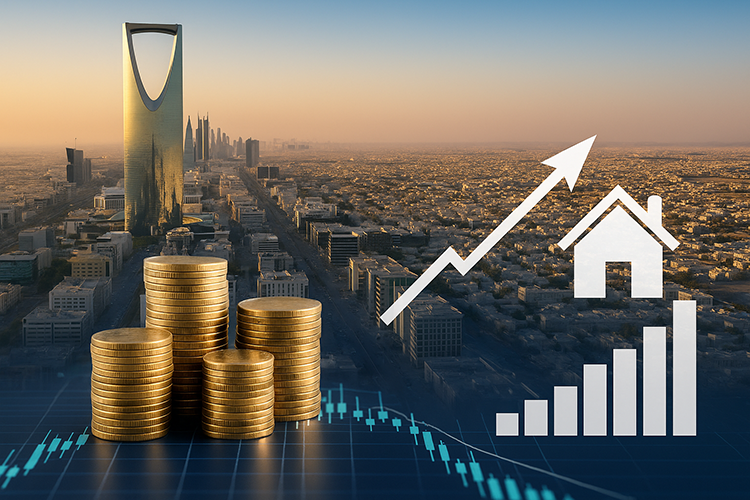Saudi Arabia’s Economy in 2025: Steady Growth Amid Persistent Housing-Driven Inflation
Saudi Arabia’s economy is showing resilience in 2025, with solid non-oil growth and stable inflation, though households continue to face rising costs in housing and utilities.
According to the General Authority for Statistics, inflation reached 2.3% year on year in August 2025, following 2.1% in July. Much of this increase was linked to housing costs, including rents, as well as higher prices for water, electricity, gas, and fuel. While overall consumer price growth remains moderate, the concentration of inflation in essential categories means that households are feeling the pressure on their everyday budgets.
On the growth side, Saudi Arabia’s real GDP expanded by 3.9% in the second quarter of 2025 compared with the same period a year earlier. The non-oil economy was the key driver, growing by 4.7%, while oil activities increased by 3.8% and government activities rose just 0.6%. These figures underscore the success of the Kingdom’s diversification efforts, with non-oil sectors steadily contributing more to overall output.
In the first quarter of 2025, non-oil activities had already grown by 4.2% year on year, highlighting a consistent trend of strong private sector performance. This stability is crucial for advancing Vision 2030 objectives, which aim to reduce reliance on oil revenues and expand growth in areas such as manufacturing, logistics, tourism, and services.
For consumers, the situation remains mixed. Wage growth and job creation in expanding non-oil sectors provide opportunities, yet the rise in housing and utility costs is eroding household purchasing power. For investors, the steady GDP figures and moderate inflation present a favorable environment, although affordability in housing could emerge as a risk if cost pressures continue.
The Kingdom’s policymakers face a balancing act: sustaining non-oil growth momentum while ensuring inflation in essential sectors does not undermine consumer confidence. The government has already committed to infrastructure investment, targeted subsidies, and financial reforms to help stabilize household spending, but rising rents remain a challenge across major cities.
Looking ahead, analysts suggest that Saudi Arabia’s performance in the second half of 2025 will hinge on global oil demand, domestic non-oil sector expansion, and the management of inflationary pressures in the housing and utilities sectors. If these are kept in check, Saudi Arabia is on track to close the year with both stronger economic fundamentals and continued progress toward diversification goals.
Source: stats.gov.sa








